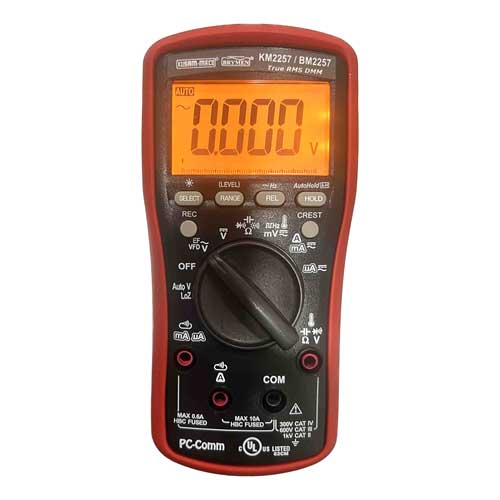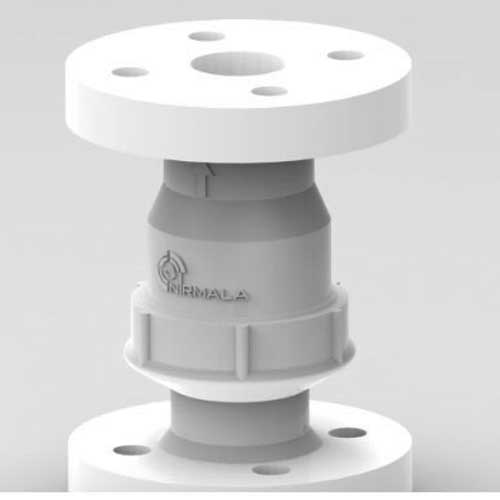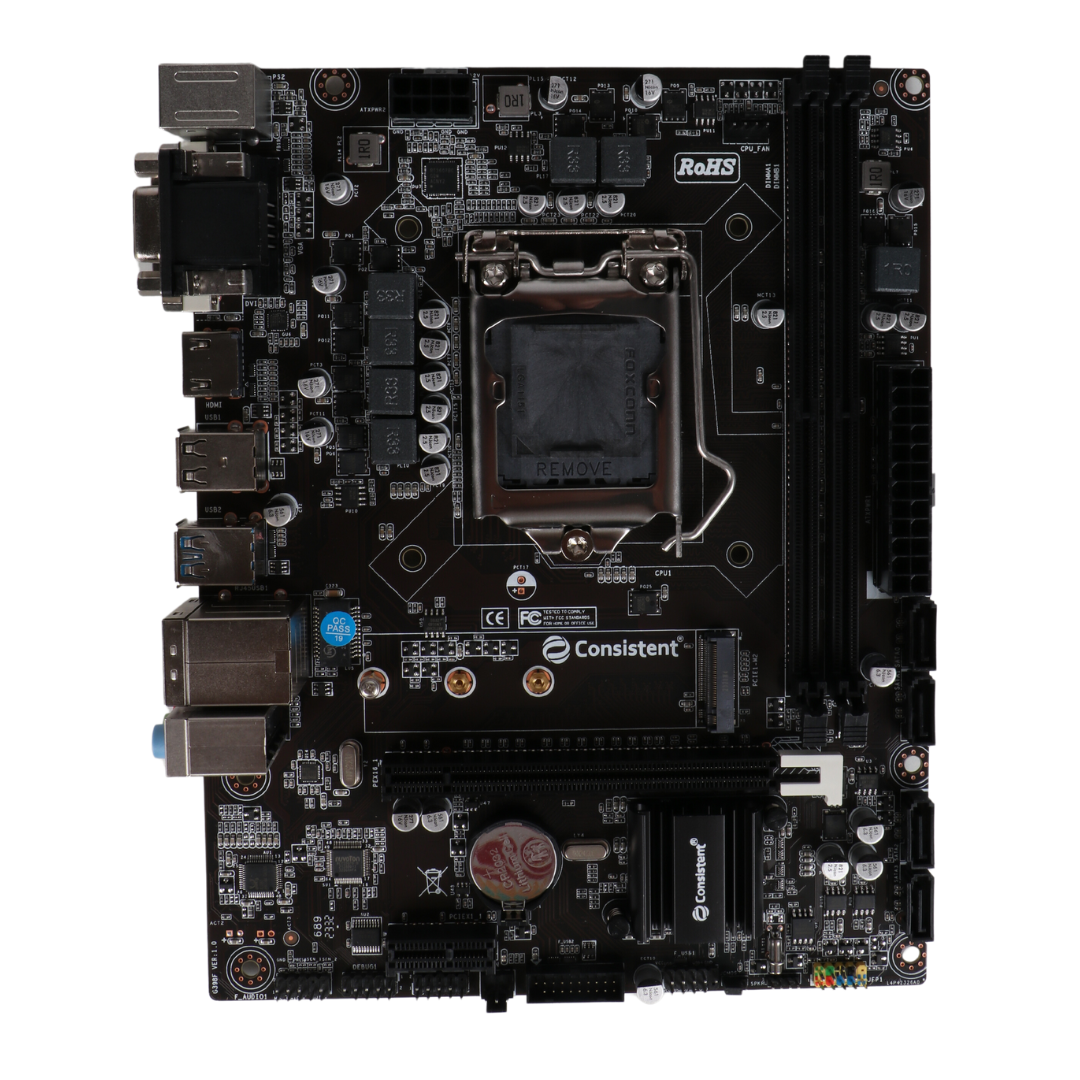Schedule a Call Back
CeBIT: The Tech World's Annual Pilgrimage
 Interviews
Interviews- Apr 12,11
ICT entrepreneurs and professionals across the globe gather at CeBIT, Germany, to explore opportunities of growth and expansion to a global market. Many come out satisfied, feels Chandragupta Amritkar. from a trip to CeBIT.
Cyber Infrastructure, Neosoft Technologies, Tenmiles Corporation, Vernalis Systems, Embarc Information Technology, Radixweb, Indus Net Technologies - a few of the Indian companies who had smiles on their faces after the show got over. They all had done extremely well for their companies, some of them being first time participants and a few having been at CeBIT for over 5 years. 
First timer Cyber Infrastructure feels it was a great show. "More than our expectations - we were offering Open Source development, Mobile Apps development and cloud computing solutions. We got 400+ footfalls and 130+ enquiries. We met quite a few important people of the IT world. We did have an edge over other companies as our VP Mr Bjorn can speak more than 9 European languages. The main aim was to get exposure and experience of European market. We have been working with European clients from last 7 years but have never attended a show like this before. We hope to have a bigger stall next year," said Mr Kuldeep Kundal, Director, Cyber Infrastructure Pvt.Ltd.
Another first timer who had a large stall was Tenmiles Corporation. Mr Shalin Jain, CEO, Tenmiles Corporation said, "We wanted to strengthen our product sales in European region and meet existing customer base. We were successful on both counts. We were exhibiting for the first time and our product, Help desk software was much appreciated. We plan to launch the same product on cloud too."
Neosoft Technologies, an offshoring services company for Software Development, Website Designing, and Web Development has been a regular participant for 7 years and was again pleased with the show. The brothers, Mr Nishant Rathi and Mr Nikhil Rathi, felt they were doing so well at CeBIT that this year they brought two more employees to cater to the ever increasing crowds at their stall.
CeBIT 2011 was again quite successful for many global players too. More than 4,200 companies from approximately 70 countries participated at CeBIT 2011, including many firms which returned after a break of several years, such as Canon, Epson, HP, Motorola, Oracle, Siemens Enterprise Communications, and Xerox. The event hosted 339,000 visitors from 90 countries. As per the organisers, over 500 CIOs of major international companies were at CeBIT 2011, representing a total annual purchasing volume of over 50 billion euros - more than ever before. 
"Everyone agrees that CeBIT 2011 has performed extremely well. CeBIT is ideally positioned as the world's prime mover for all facets of digital life and work. CeBIT 2011 offered impressive evidence of just how strongly the heart of the digital world is beating. Featuring the right trends, the right opinion-leaders and increased participation and attendance from abroad, this year's CeBIT has underscored its strengths," commented Mr Ernst Raue, the Deutsche Messe Management Board member in charge of CeBIT.
"Work and Life with the Cloud" was the right topic at the right time. Mr Raue said, "The cloud is a hot item throughout the industry, and is driving fundamental changes in all sectors. CeBIT showcased a raft of applications here, boosting acceptance of cloud technologies and resulting in significant numbers of deals being signed. These five days in Hannover have demonstrated the huge potential of cloud computing." He further added, "The leading telecom providers have also rediscovered the strengths of CeBIT and put them to good use. They have showcased their recent developments, ranging from fast LTE and apps to the latest smartphones and tablet PCs. Registrations for CeBIT 2012 are already at a high level, which indicates a successful event." The CeBIT Global Conferences also netted a positive response, attracting a total audience of 8,000 industry professionals for the keynotes and panel discussions. Over 30 international speakers appeared, among them EU Commissioner Ms Neelie Kroes, Ford CEO Mr Alan Mulally, Mozilla CEO Mr Gary Kovacs, leading US blogger Mr Chris Pirillo, Mr Shmuel (Mooly) Eden from Intel, and Dr. Chang-Gyu Hwang, National Chief Technology Officer of the Republic of Korea. 
Digital Innovations at CeBIT
CeBIT showcased the gamut of digital innovations this year. Along with the keynote theme of "Work and Life with the Cloud," there was a clear focus on tablet PCs and smartphones, business solutions and applications for the new German identity card. Other top-draw topics included 3D (with and without glasses), IT security, cloud-based print technologies, intelligent networking for health and traffic applications and sustainable energy concepts for businesses and households.
Some 40 New Tablet PC Providers Appear at Show
Back in 1983, IBM presented its first personal computer at Hannover Messe, selling for roughly US $3,000. More than a quarter of a century later, the exhibits at CeBIT 2011 featured tablet PCs and Webpads which visually consist of little more than a screen, running primarily on Google's Android operating system and Microsoft Windows 7. "Tablet PCs are establishing themselves as a separate computer category alongside desktop computers, notebooks and netbooks," said Dr. August-Wilhelm Scheer, President of the German Federal Association for Information Technology, Telecommunications and the New Media (BITKOM), at CeBIT 2011. Well over 40 new models featuring finger-friendly gesture control were on display. Visitors were especially interested in models that ran on the new 3.0 version of Android ("Honeycomb"), featuring an interface with eye-catching 3D effects. This requires the use of the latest tablet hardware generation, and some of the devices presented at CeBIT already boasted dual core processors with a minimum clock frequency of 1 gigahertz.
Smartphones Evolving into Mini PCs
Smartphones manufactured in 2011 have similar levels of power packed behind the screen. These new high-tech mobile phones can be more accurately described as mini-computers capable of telephony. They can run a huge array of small applications ("apps") catering to every aspect of everyday life, making them increasingly essential for business and leisure use. While CeBIT 2011 was still in progress, BITKOM issued its forecast of a 36-per cent jump in German sales of smartphones for the current year. A bright future in particular is predicted for products which feature docking stations, thus making mobile phones the link between a traditional keyboard and a large screen, while the software for these data-intensive applications is stored on the Web. CeBIT 2011 featured live displays of mobile connectivity in action, as well as of the first mobile phone which can record and display 3D photos and videos. 
Mobile Web and TV Represent Challenge for Data Networks
There is no sign of any falloff in network hunger for bandwidth: Survey results indicate up to five-fold growth in fixed-line data traffic volumes through 2013, and an up to 60-fold increase for mobile networks. To meet this ever-increasing demand, Germany's two leading network operators confirmed at CeBIT 2011 that further expansion of the required high-capacity broadband networks would continue unabated. They plan to achieve this with a mix of leading-edge technologies, including fibreglass and copper connections and mobile broadband technologies such as HSPA+, LTE and WLAN. This flexibility will provide the basis for a multi-gigabit broadband network with comprehensive territorial coverage. Internet-capable TV sets are also expected to become more popular in 2011. The new open standard HbbTV is based on existing technologies, and is supported by many suppliers in the consumer electronics sector.
The Web as a Huge Data Cloud
According to the analysts at IDC, cloud computing will account for 10 per cent of all global IT expenditure by 2013. Rather than investing in their own technical infrastructure, companies are increasingly renting the resources they need over the Internet. This means that a real server can be used jointly by multiple virtual servers, boosting capacity utilization and allowing savings in energy consumption of over 50 percent. Cloud sales revenues with business and private customers are expected to soar by around 55 per cent this year to reach a total of 3.5 billion euros. Experts are also predicting that around 10 per cent of IT expenditure in Germany will be spent on cloud technology in 2015. CeBIT 2011 held a mirror to this mega trend with its keynote theme of "Work and Life with the Cloud". Apart from offering even greater computing power and memory capacity, the cloud also provides applications and entire system landscapes for all kinds of terminal devices. Company employees with a smartphone, tablet PC or netbook can keep working on their office documents while travelling from place to place, virtually without interruption - because rather than being chained to local hardware, desktops are increasingly likely to be located in a protected data cloud. Government organisations can also benefit from this technology.
Industry Focus on Security Solutions
The prospect of extending their IT infrastructure into the cloud is confronting many companies with new challenges in data and workflow protection. High-security key management systems, presented by leading security providers at CeBIT 2011, ensure that only authorized users can access data stored in the cloud. Private users are increasingly purchasing IT and Internet security services provided directly from the Internet. Security-as-a-service, for example, is often provided free of charge or for a small extra fee for new operating system licenses, in the form of anti-virus protection and firewalls. CeBIT 2011 also included displays of the latest protection software for today's smartphones, which are increasingly exposed to hacker attacks due to their rapid growth in use. National governments also face IT security challenges: BITKOM reported that 78 percent of all German Internet users would like to see more government protection on the Web, particularly against terrorism and crime.
3D without Special Glasses
This has been the year of three-dimensional images on PC displays and gaming consoles, and several manufacturers presented devices for this purpose in Hannover. Deutsche Messe staged a display dedicated entirely to 3D: "Next Level 3D". This special showcase featured systems for which viewers no longer even to wear special glasses. Autostereoscopic displays use two cameras to track the viewer's eye movements, on the basis of which the system computes how the image elements required for 3D need to be arranged. The presentation also included a single-user, touch-free, gesture-controlled display.
Firms Discover Potential of Social Media
Social networks also featured strongly at CeBIT 2011, particularly in terms of their use for corporate internal communications. Many firms are looking for ways to interact directly with customers, potential employees or other stakeholders. Twitter also provides a news medium that allows for fast and direct exchanges with specific target groups. Social media are also increasingly being used within companies on the basis of Enterprise 2.0 technologies. Internal blogs, wikis and forums are all effective channels for exchanging experience, opinions and knowledge among employees.
Intelligent Network in Health and Transport Sectors Over the last ten years, expenditure on the German health system has risen by about one-third to over 260 billion euros per annum. The ongoing demographic shift will result in increasing numbers of healthcare consumers, yet declining numbers of people paying in. To cut down on costs, it will be necessary to create more effective networking between hospitals, physicians and patients with state-of-the-art ICT systems - for example through online monitoring. Smartphones have started to play a key role in this area, thanks to their outstanding connectivity and innovative mobile health applications. This was showcased in several displays at CeBIT 2011.
Apps Conquer Automotive Industry
CeBIT featured several manufacturer presentations of connectivity solutions for automobile cockpits, combined with Internet access, user-friendly voice control and a touch screen. Today's drivers can have their e-mails read aloud, dictate a reply or use infotainment services, and the equipment options available in today's cars also include intelligent navigation services for fleet operators and logistics service providers. These systems interact with virtually any kind of communication device, from joysticks to smartphones.
The motor vehicle literally becomes a wireless LAN hotspot on wheels. And far from being limited to luxury models, these technologies are also provided for compact automobiles, as could be seen at CeBIT 2011. This year's show also focused on intelligent traffic management systems, because as well as creating needless CO2 emissions, constant traffic jams cost the economy billions of euros.
Research institutions and telematics companies used CeBIT 2011 to present technologies that will soon allow the improved management of traffic flows - from intelligent traffic lights signalling the optimum driving speeds to keep traffic moving in regular "green waves" through our city streets, to the TMC successor TPEG (transport protocol expert group), which combines traffic data from a range of sources to provide almost real-time navigation. Advanced IT solutions are also bringing genuine benefits for the electromobility sector, as an important step on the path to a low-emission automotive future. This was impressively illustrated by a number of application scenarios displayed at CeBIT 2011. The next CeBIT will be staged from 6 to 10 March 2012 in Hannover.
(The writer is with Global Features. This was his 12th consecutive visit to CeBIT. He can be contacted at chandraguptaa@hotmail.com)
Related Products

Kusam-meco” 6000 Counts Trms Digital Multimeter - Model - Km 2257
KUSAM-MECO’ has added one more “UL” listed Digital Multimeter to its range Model KM 2257. It has a large LCD Display 3? Digits 6000 Counts and Analog Bar graph of 60 segments.

Fully Welded Ball Valve
Flowjet Valves Pvt Ltd offers a wide range of fully welded ball valve.

Ball Type Non-return Valves
Nirmala Pumps & Equipments offers a wide range of ball type non-return valves.















